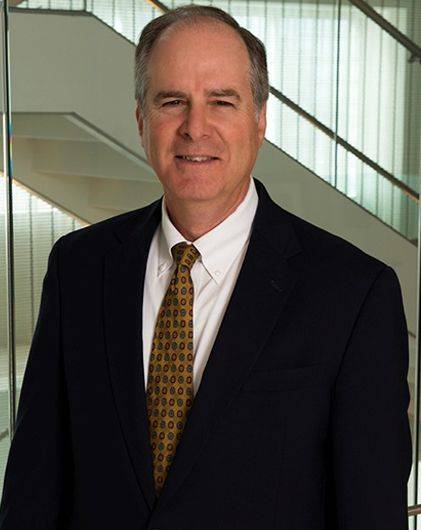New SCOTUS Opinion Limits EPA’s Power to Regulate Greenhouse Gas Emissions
The Supreme Court issued a new ruling that the federal Clean Air Act does not grant EPA the authority to limit greenhouse gas emissions from existing power plants.
A 6-3 majority held in West Virginia v. Environmental Protection Agency that the 2015 Clean Power Plan’s “generation shifting” scheme was an impermissible expansion of EPA’s regulatory authority under the Clean Air Act. EPA’s generation shifting scheme sought to reduce national greenhouse gas emissions by transferring electricity production from sources with higher greenhouse gas emissions, such as coal plants, toward lower-emitting producers, such as natural gas plants and renewable wind and solar power sources. The Court’s opinion, written by Chief Justice Roberts, concluded that this scheme was not a “best system of emission reduction” (BSER) as contemplated by Congress when it authorized EPA to set emissions limitations on existing sources under the Clean Air Act.
The Clean Power plan used its generation shifting BSER to set greenhouse gas emissions limits at a level at which no existing coal plant would be able to operate without engaging in the generation shifting scheme and transferring production to a cleaner power source. EPA projected that this generation shifting scheme would reduce the amount of national electricity generated by coal plants from 38% in 2014 to 27% in 2030, with compliance costs for power plants estimated in the billions.
EPA’s scheme faced immediate legal challenges, leading to a 2016 Supreme Court order that prevented the Clean Power Plan from taking effect. Despite EPA’s recently stated intention to abandon the Clean Power Plan in favor of new rulemaking, the Court held that a coalition of states led by West Virginia had standing to challenge the Clean Power Plan nevertheless. The Court noted that a recent decision from the U.S. Court of Appeals for the D.C. Circuit vacating the Trump Administration’s replacement “Affordable Clean Energy” rule had revived the Clean Power Plan’s more stringent regulatory requirements, posing a risk of increased compliance costs for the petitioner states.
In striking down the Clean Power Plan’s generation shifting scheme, the Court applied the controversial “major questions” doctrine, which requires federal agency actions viewed by the Court as significant expansions of agency power to be supported by “clear congressional authorization.” Past applications of this principle have led to the Court’s holding in FDA v. Brown & Williamson Tobacco Corp. that the FDA did not possess authority to regulate tobacco products, and Utility Air Regulatory Group v. EPA’s conclusion that the Clean Air Act did not require EPA to institute permitting requirements for stationary sources of greenhouse gases. More recently, the Court followed the major questions doctrine in Alabama Assn. of Realtors v. Department of Health and Human Services to conclude that the Centers for Disease Control and Prevention did not have the power to extend Congress’ nationwide eviction moratorium in response to the COVID-19 pandemic.
Applying the major questions doctrine to the Clean Power Plan’s BSER, the Court found that the Clean Air Act contained no clear statutory authorization for EPA to cap greenhouse gas emissions at a level that would force a nationwide transition away from coal sources toward cleaner generators. Although EPA’s scheme might be a “sensible solution to the crisis of the day,” Chief Justice Roberts wrote that it was “not plausible that Congress gave EPA the authority to adopt on its own such a regulatory scheme.”
The Court’s opinion has widespread implications for federal agency rulemaking, suggesting that future efforts to implement novel regulatory schemes will fail without clear authorization for such action by Congress. The opinion also sets the ground for further challenges to preexisting regulations on the grounds that such regulations exceeded their agency’s Congressional authority. Justice Kagan’s dissenting opinion, joined by Justice Sotomayor and newly-retired Justice Breyer, called the majority’s ruling a “troubling” intervention, writing that the “Court appoints itself—instead of Congress or the expert agency—the decision-maker on climate policy. I cannot think of many things more frightening.”
Please contact Steve Levine, Sophie Gray or any member of Phelps’ Environmental team if you have questions or need compliance advice and guidance.



